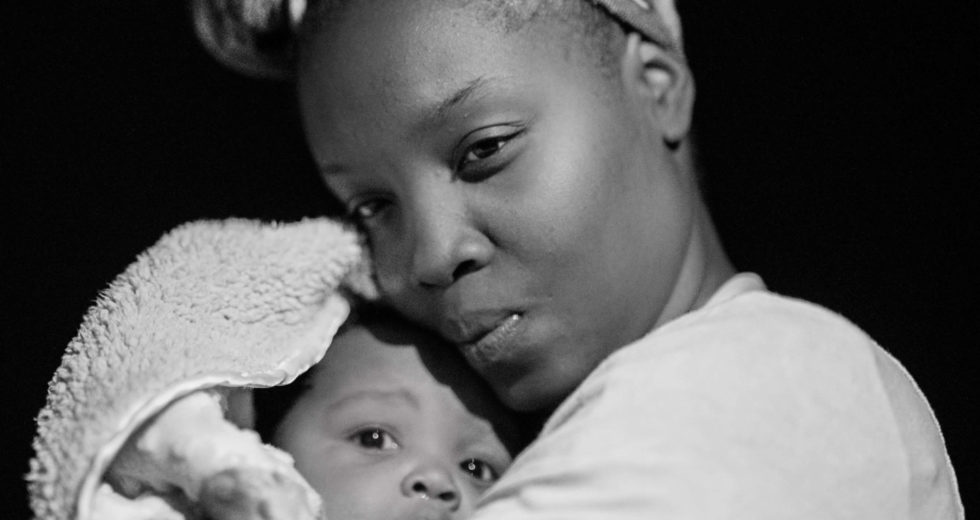Pregnant and Parenting Youth in Foster Care: Their Needs, Their Experiences

Youth in foster care have much higher rates of adolescent pregnancy and childbearing than their peers. To better understand the needs and experiences of pregnant and parenting youth in foster care, Chapin Hall conducted a mixed methods study of foster youth in the Chicago metropolitan area who received services from the Teen Parenting Services Network (TPSN), a comprehensive service delivery system for pregnant and parenting youth in foster care. We found that these young people need additional support accessing family planning, education, and maternal health services.
What we did
We analyzed administrative data from TPSN, the Illinois Department of Children and Family Services (DCFS), the Chicago Public Schools (CPS), and the Illinois Medicaid Paid Claims Longitudinal database to examine the characteristics of 4,590 pregnant and parenting youth. We also interviewed program directors and caseworkers from child welfare agencies that provide services to these youth. Interviews focused on the challenges of engaging with this population, as well as their service needs.
What we found
Our research found that:
- At least 30 percent of the young women had been pregnant more than once, and nearly one-quarter of the young mothers had at least two children.
- About 90 percent of the young women received prenatal care while they were pregnant, but more than 40 percent were beyond their first trimester when their prenatal care began.
- Having more than one child was a significant barrier to educational attainment, with each additional child reducing the odds of having a high school diploma or GED by 45 percent.
- Only 44 percent of the young women and 27 percent of the young men had a high school diploma or GED when they exited TPSN.
- The children of young parents in foster care are an especially vulnerable population. Twenty-two percent of the young mothers were investigated for child abuse or neglect and 11 percent had a child placed in foster care.
What it means
New practice and policy strategies are needed to prevent repeat pregnancies among young mothers in foster care. Interventions to increase the educational attainment of pregnant and parenting youth in foster care should also be developed. And finally, additional supports should be provided to young parents in foster care to prevent child maltreatment and the out-of-home care placement of their children.



 Thank you for your interest in Chapin Hall’s research. Please share some information to access this file.
Thank you for your interest in Chapin Hall’s research. Please share some information to access this file.